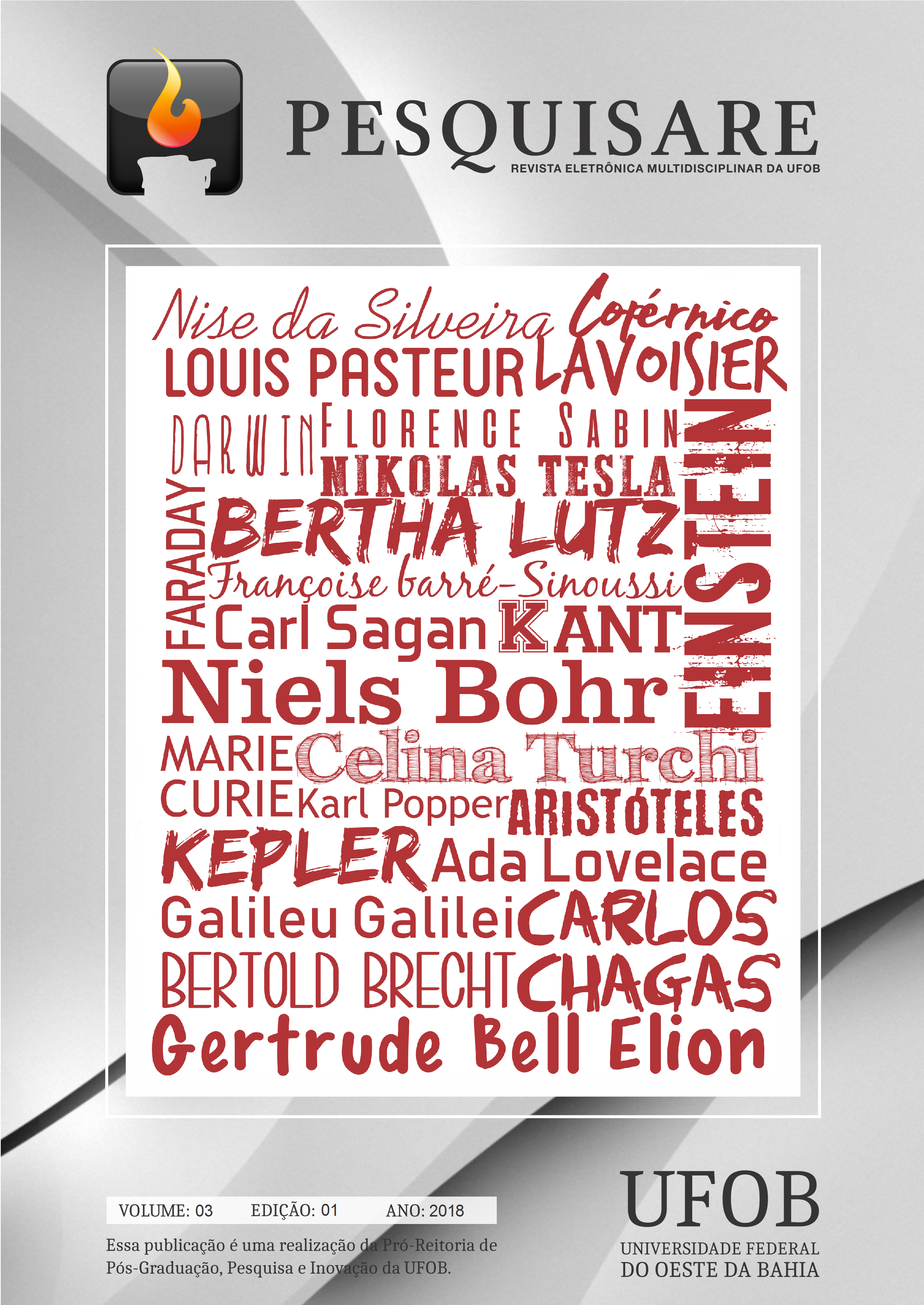Utilização de um quimiossensor colorimétrico seletivo para determinação do teor de cobre em cachaça por espectrofotometria UV-Vis
Resumo
Cachaça is the most consumed distilled beverage among Brazilians, being mainly produced in copper alembics. During the distillation step, copper undergoes a process of oxidation and ends up contaminating the beverage. Brazilian legislation permits up to 5 mg L-1 of copper in the cachaça, determined by atomic absorption spectrometry. However, in recent years, the use of colorimetric chemosensors for the determination of metal ions has been highlighted. Thus, in this work was demonstrated the applicability of a new Schiff base, 5-bromo-2-salicyliden-beta-alaninate, as a colorimetric chemosensor for spectrophotometric determination of copper(II) in a sample of artisanal cachaça, whose content was 0.53 mg L-1, which is in compliance with current legislation. The proposed method is selective, simple, fast and low cost, avoiding sample preparation and sophisticated equipment.


 Universidade Federal do Oeste da Bahia - UFOB
Universidade Federal do Oeste da Bahia - UFOB